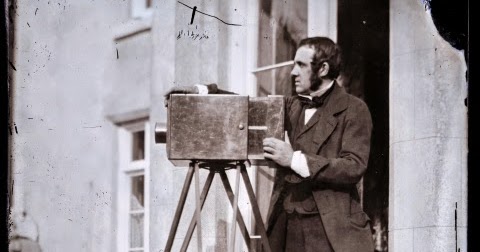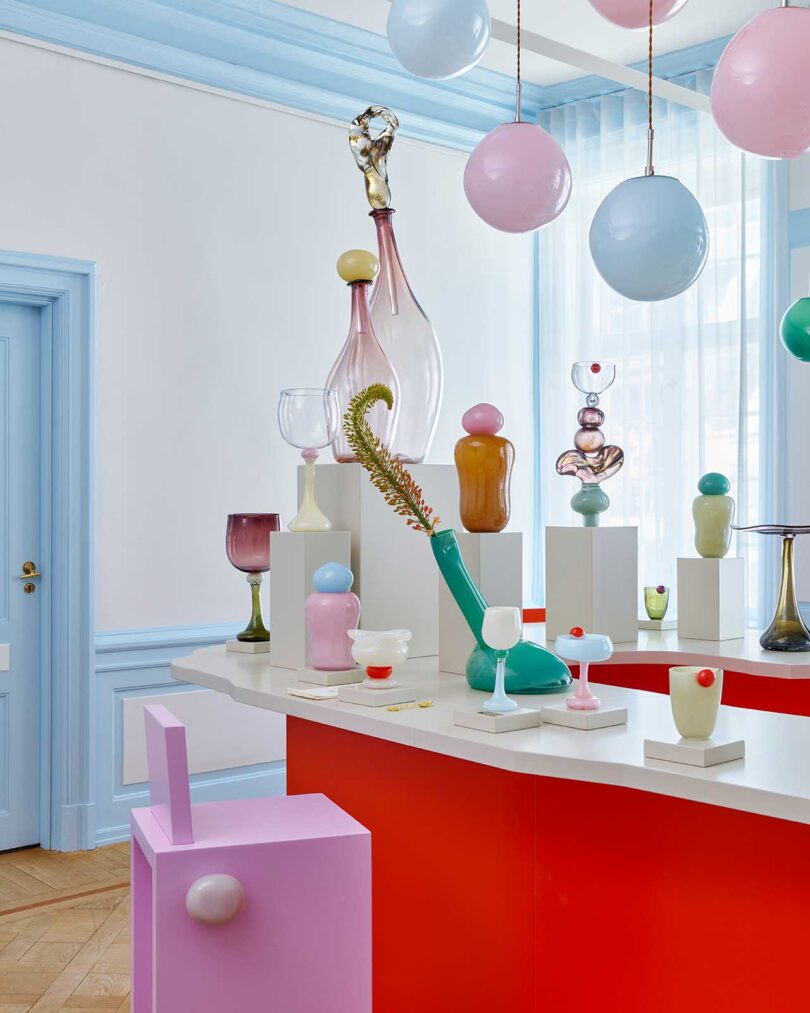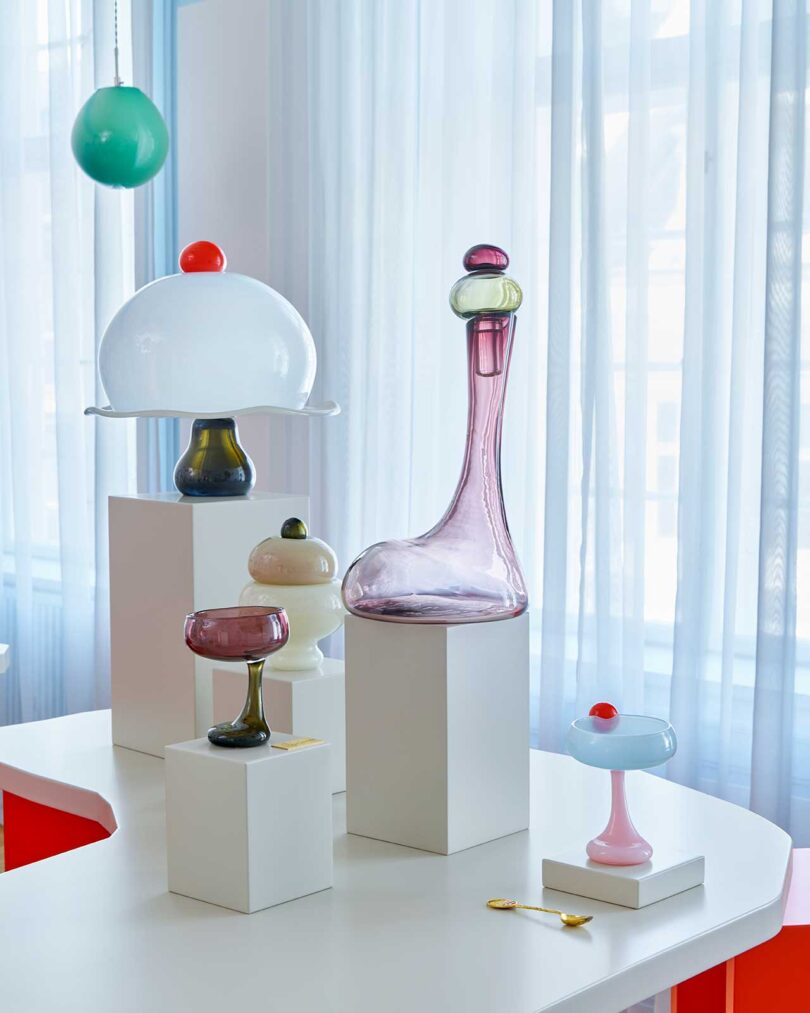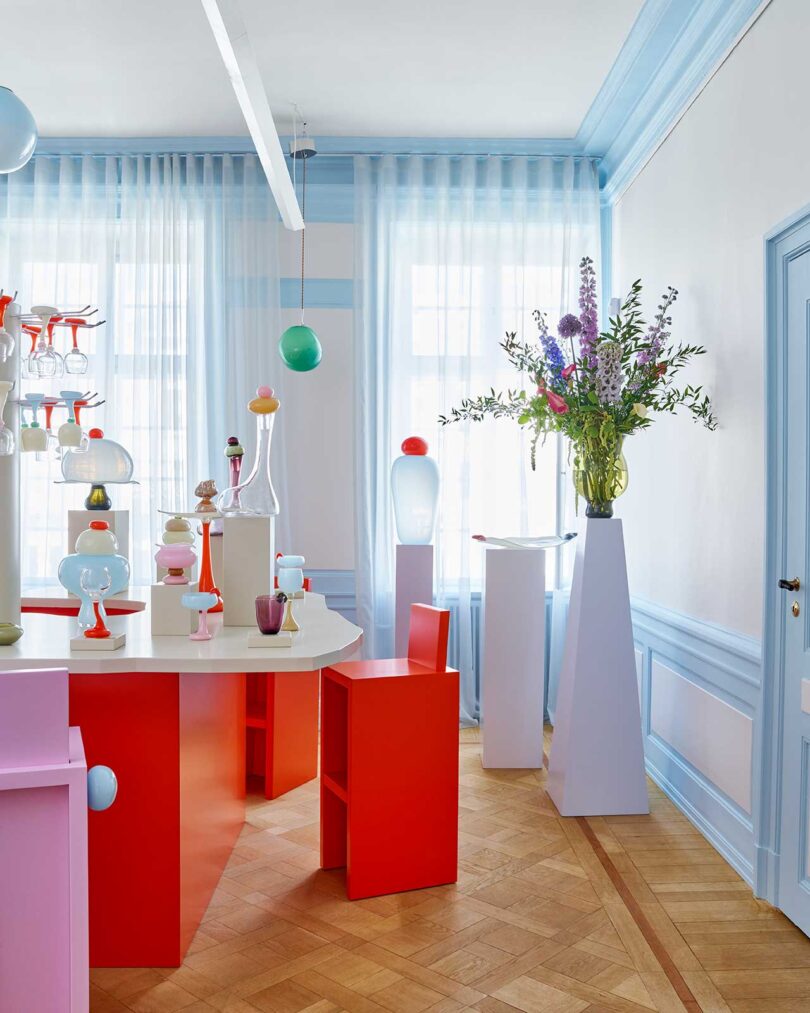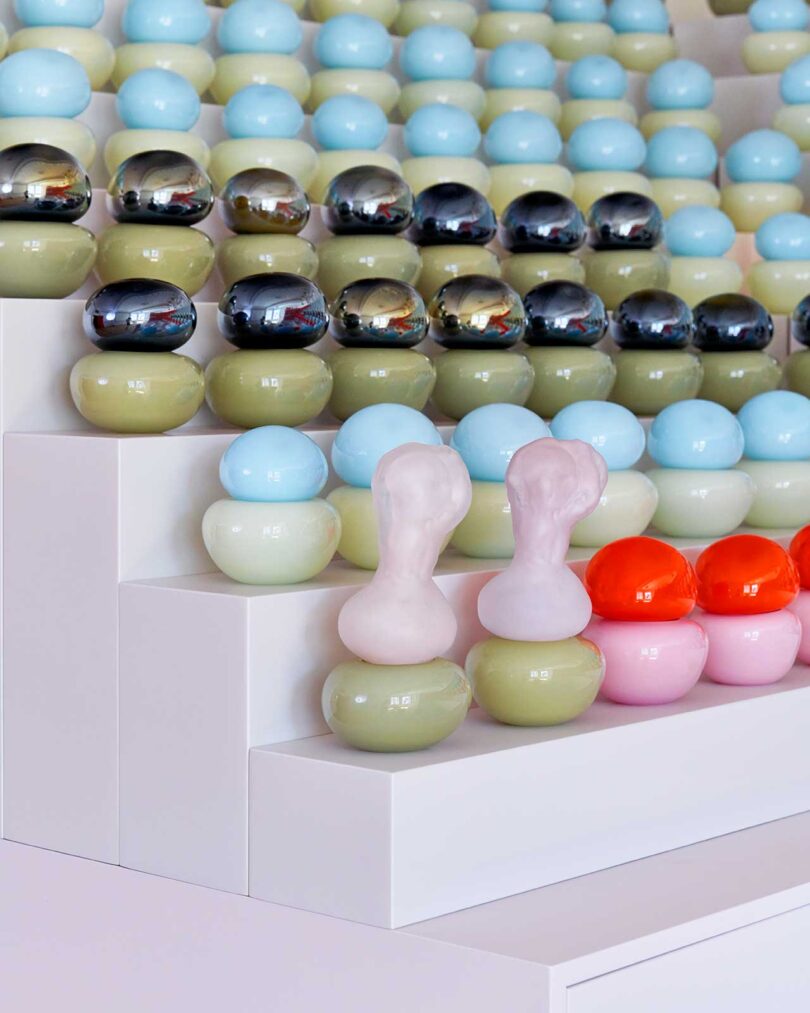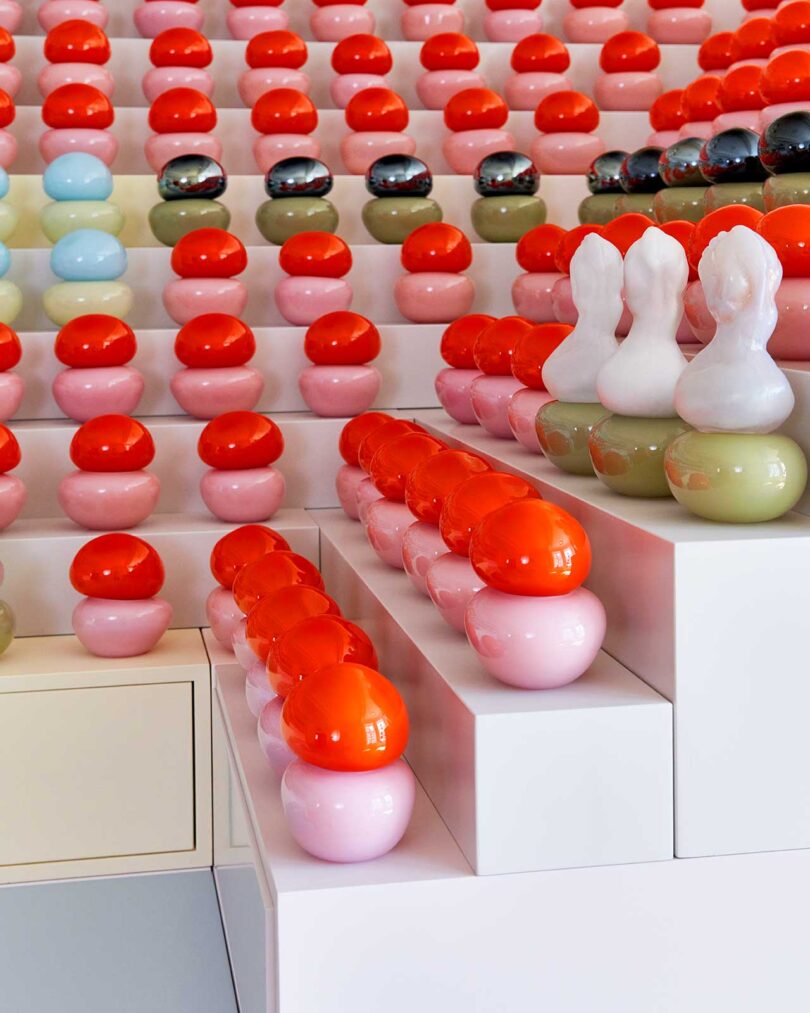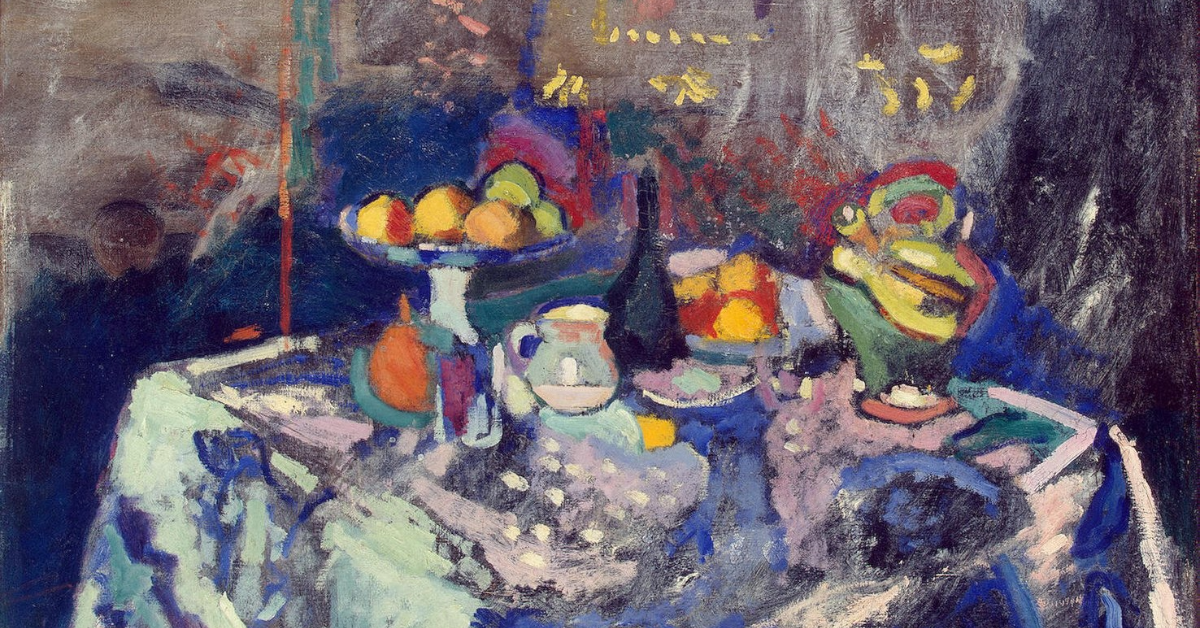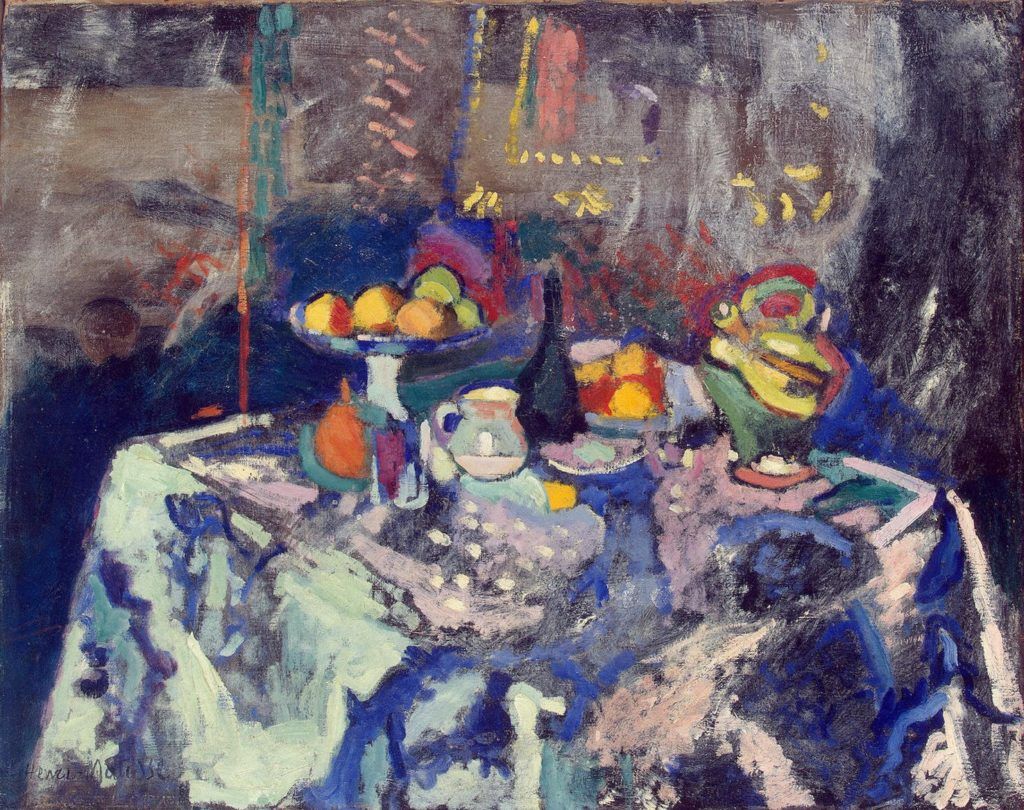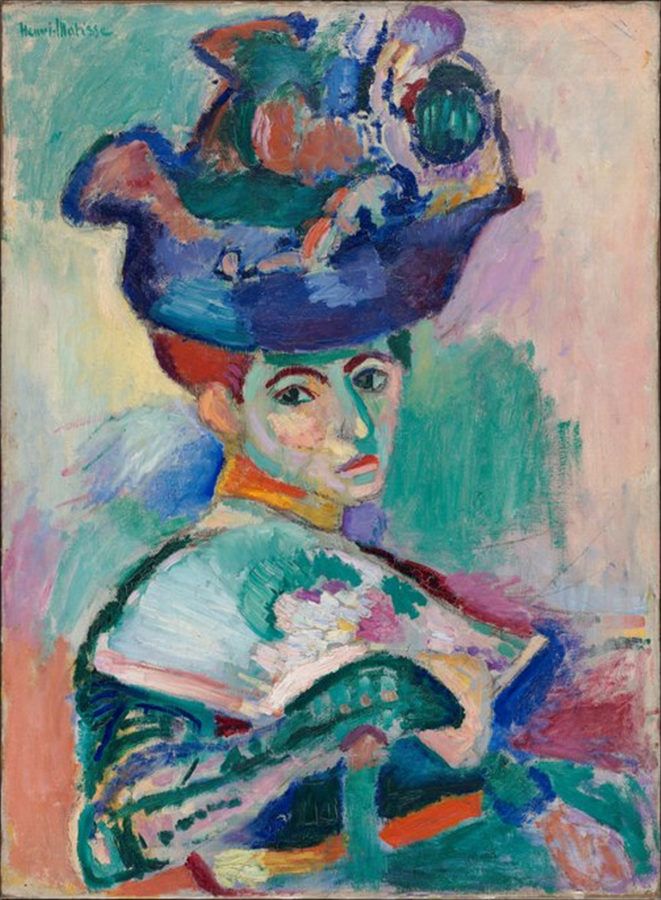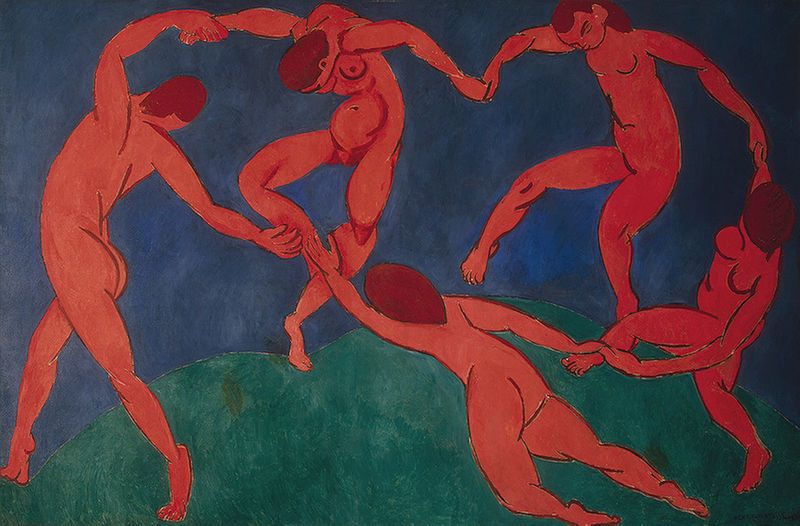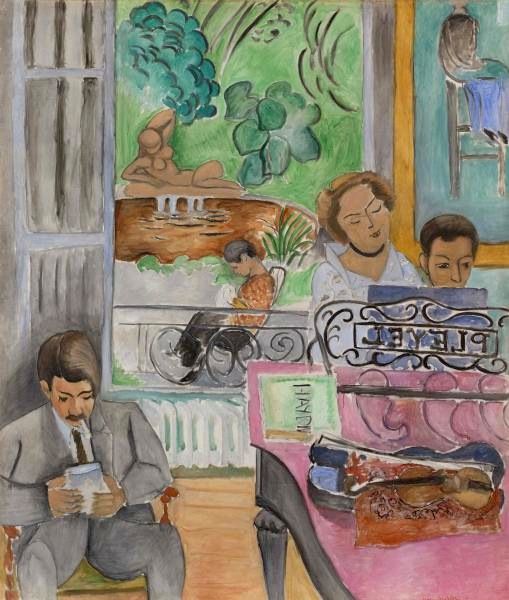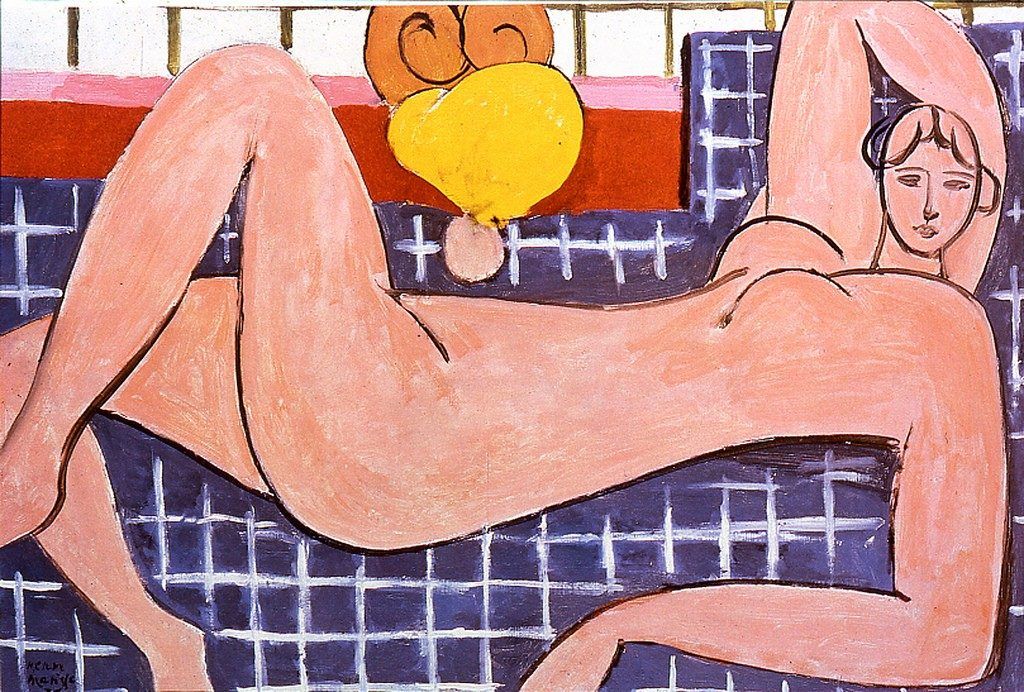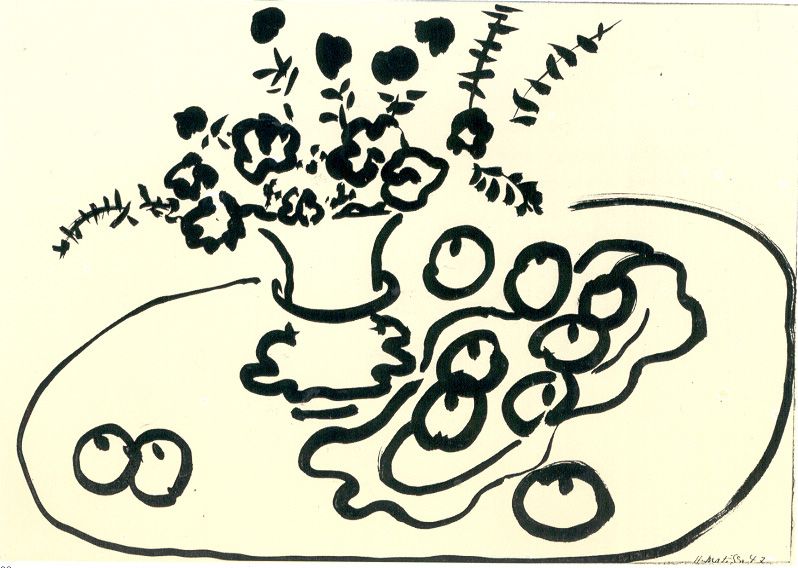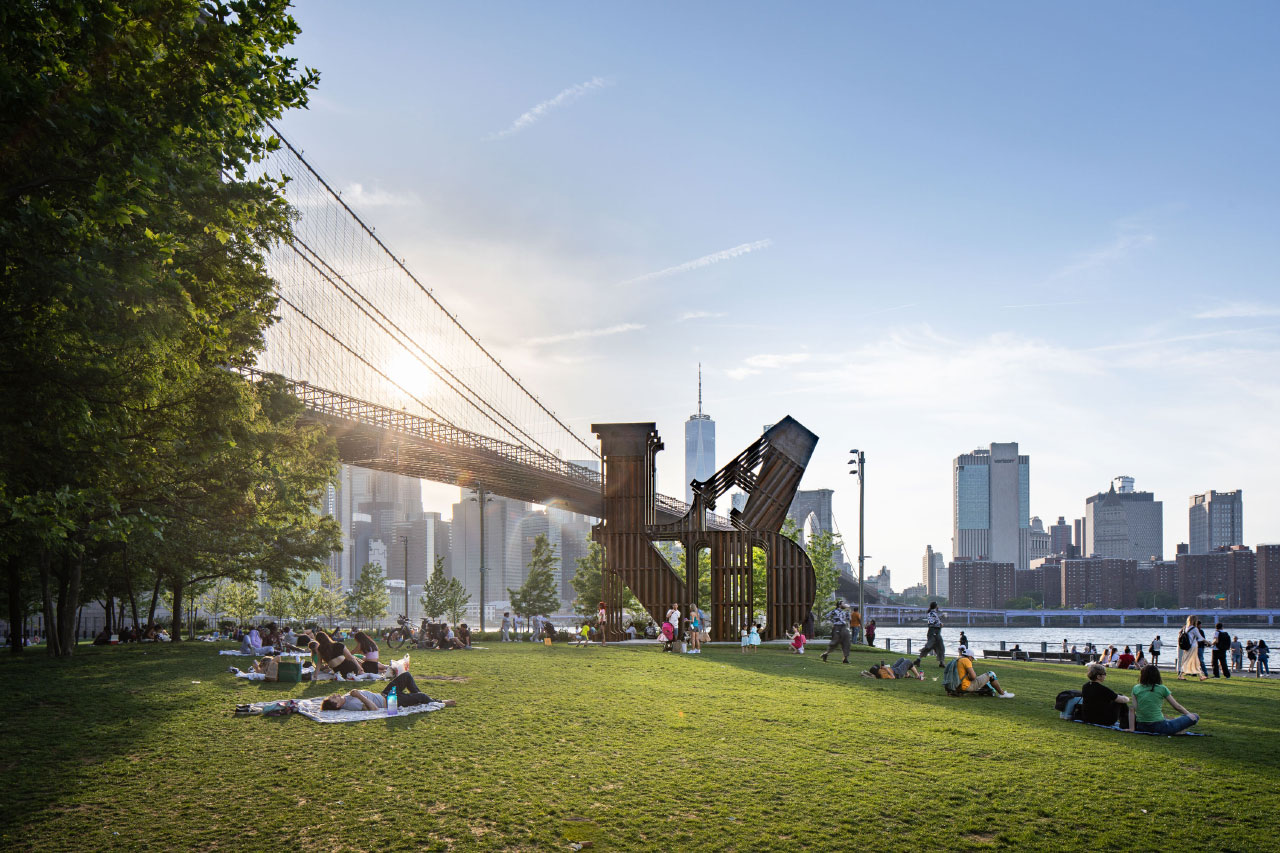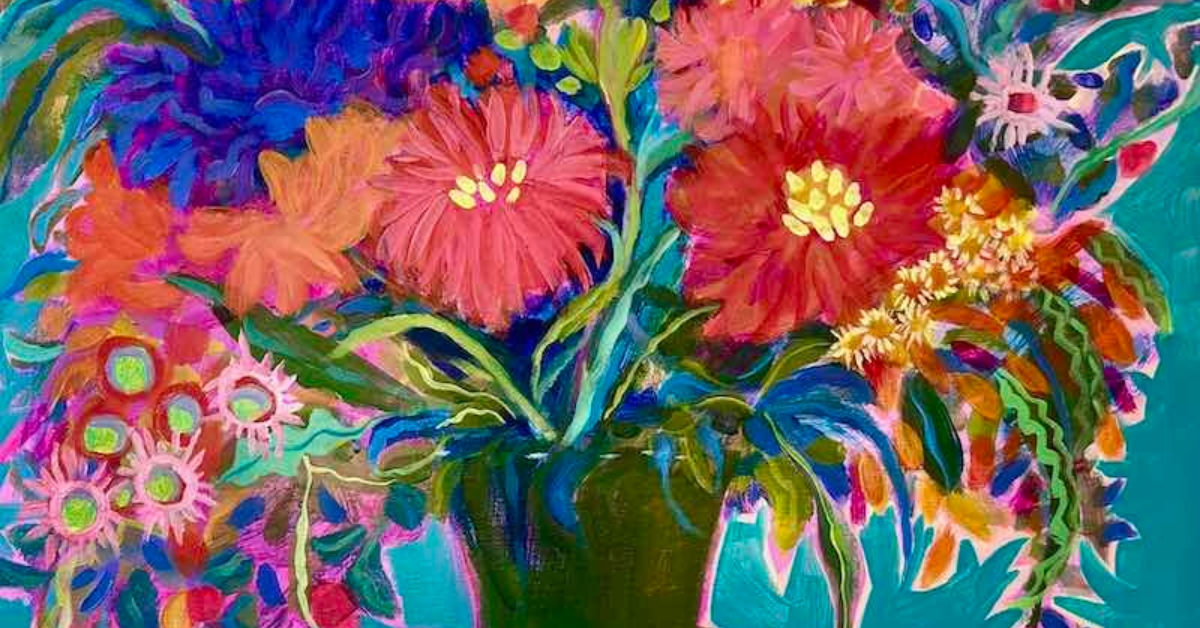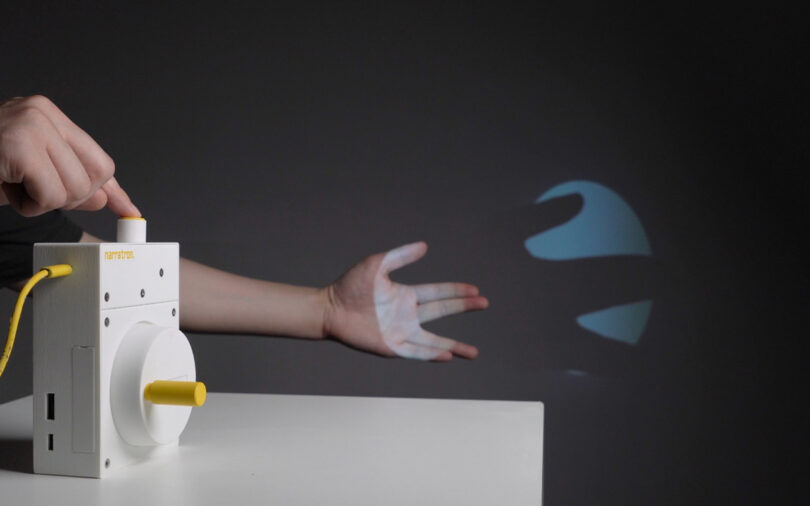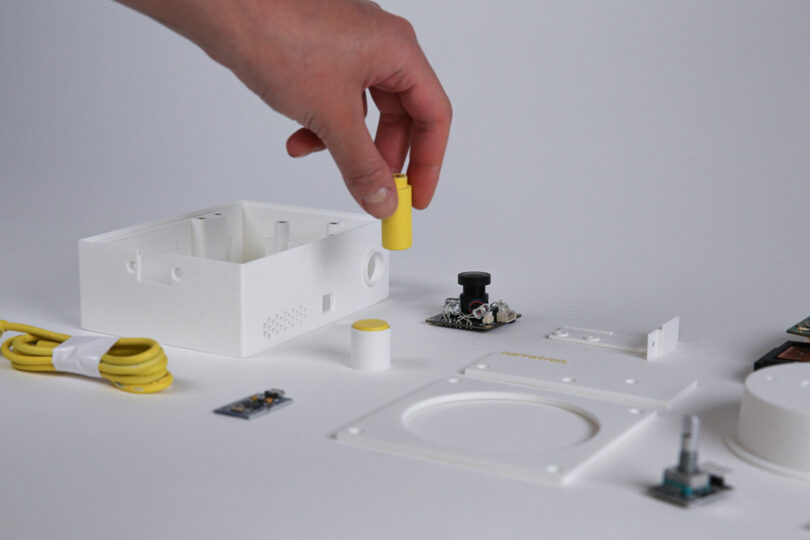Two must-visit sculptures have just debuted in New York City in equally incredible outdoor locations. Whether you’re visiting the city or a resident looking for a new reason to love where you live, plan your weekend around these epic free experiences.
Nicholas Galanin at Brooklyn Bridge Park
Nicholas Galanin, In every language there is Land / En cada lengua hay una Tierra, 2023
Nicholas Galanin’s 30-foot steel sculpture In every language there is Land / En cada lengua hay una Tierra is an engaging site-specific work at Brooklyn Bridge Park in Brooklyn, framed by two famous bridges and set against the full Manhattan skyline. Presented by Public Art Fund, four giant letters spell out “LAND” in an arrangement and font that references Robert Indiana’s famous “LOVE” design. Using the same material and height as the US-Mexico border wall, it’s an intense mix of emotions that ultimately finds openness and connection.

Nicholas Galanin, In every language there is Land / En cada lengua hay una Tierra, 2023 Photo: Nicholas Knight

Opening Event for Nicholas Galanin: In every language there is Land / En cada lengua hay una Tierra Photo: Asya Gorovits
This metal is not a “copy” of the border wall – it’s the actual material that would otherwise be in route to the wall’s construction right now. Given that provocative fact, the biggest surprise on my visit was that it felt significantly more joyous than dividing, more hopeful than polarizing. It’s about borders in general, and the demonstration of an optimistic alternative to how we view the land.
Nicholas Galanin, born in 1979, is a Lingít and Unangax̂ contemporary artist and member of the Sitka Tribe of Alaska. His work often speaks unapologetically to indigenous issues, but always with a certain whimsy and wonder that draws visitors to the work. Whether in a museum or within a park, art that aims to challenge our current beliefs must first draw you closer and tempt you to stay longer. Galanin is a master at using fun, beauty, joy, play, and curiosity in concert with heavier ideas.
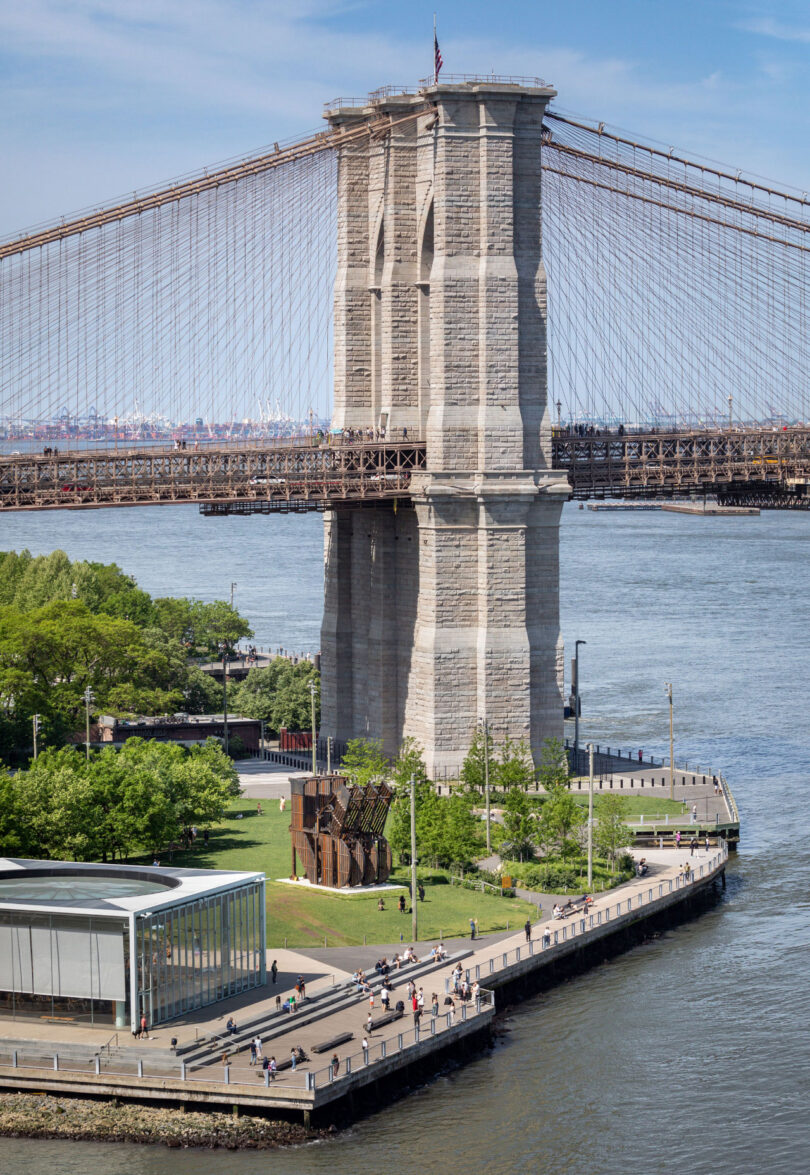
Nicholas Galanin, In every language there is Land / En cada lengua hay una Tierra, 2023 Photo: Nicholas Knight
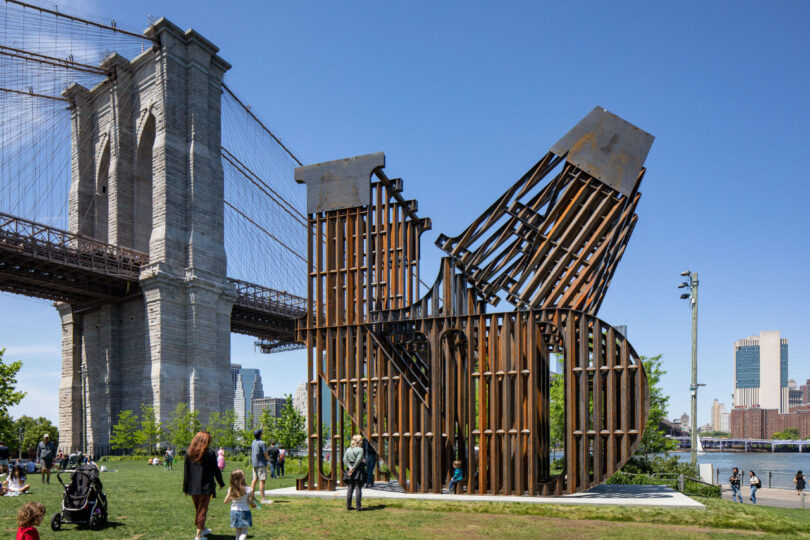
Nicholas Galanin, In every language there is Land / En cada lengua hay una Tierra, 2023
There’s a rush of exhilaration in first seeing this work against the backdrop of the Brooklyn Bridge (a pairing that somehow makes both landmarks feel even larger), and is a great conceptual pairing of “wall” and “bridge.” Walking closer, it tempts you to walk around it and invites you to walk inside. Do it. The letters explode into a network of abstraction and shadow. On my recent visit, a young child gleefully discovered that they could walk through the middle of the “D” (after they left, I did it too). In other words, this material has been transformed to achieve the polar opposite of its original intention. Galanin isn’t asking you to pick a side, he’s inviting you to reconsider how we all divide ourselves through borders.
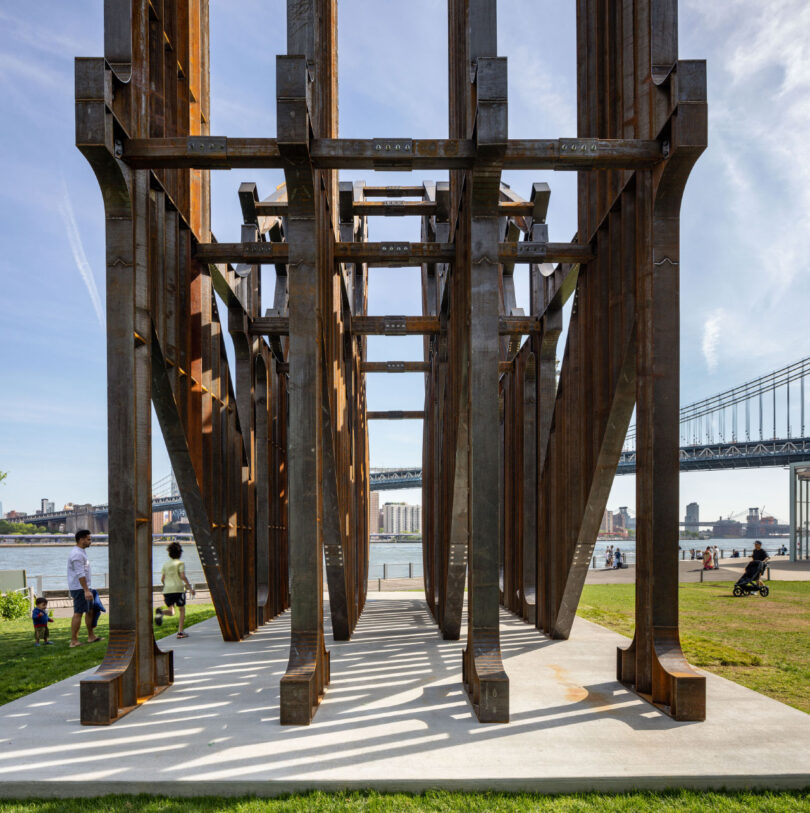
Nicholas Galanin, In every language there is Land / En cada lengua hay una Tierra, 2023 Photo: Nicholas Knight

Nicholas Galanin, In every language there is Land / En cada lengua hay una Tierra, 2023 Photo: Nicholas Knight
The title In every language there is Land / En cada lengua hay una Tierra is in two languages – neither of which are native to North America. The idea reminds us that these lines we’ve drawn aren’t natural or original or permanent as they cut across rivers, migratory routes of animals, and indigenous lands.
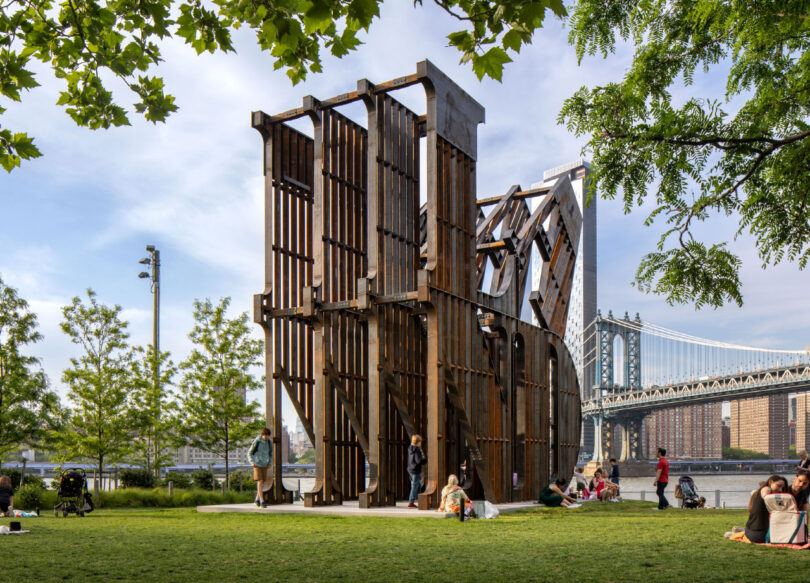
Nicholas Galanin, In every language there is Land / En cada lengua hay una Tierra, 2023 Photo: Nicholas Knight
Packed with complexity, emotion, and intelligence, the work is ultimately about connection.
I highly recommend this 2-minute video produced by Public Art Fund featuring a literal walk-through with Nicholas Galanin.
What: Nicholas Galanin’s In every language there is Land / En cada lengua hay una Tierra
Where: Brooklyn Bridge Park, Empire Fulton Ferry Lawn, presented by Public Art Fund
When: May 16,2023 – March 10, 2024
Pamela Rosenkranz on the High Line

Pamela Rosenkranz, Old Tree, 2023. A High Line Plinth commission
Meanwhile in Manhattan, a strange pink aura will catch your attention from 15 blocks away. Created by Swiss artist Pamela Rosenkranz, the sculpture Old Tree is the 3rd High Line Plinth commission, located directly over 10th Avenue at 30th Street.
The 25-foot-tall sculpture is composed of foam and resin over a steel armature, painted in bright pink and red that achieves an unbelievable level of florescence.
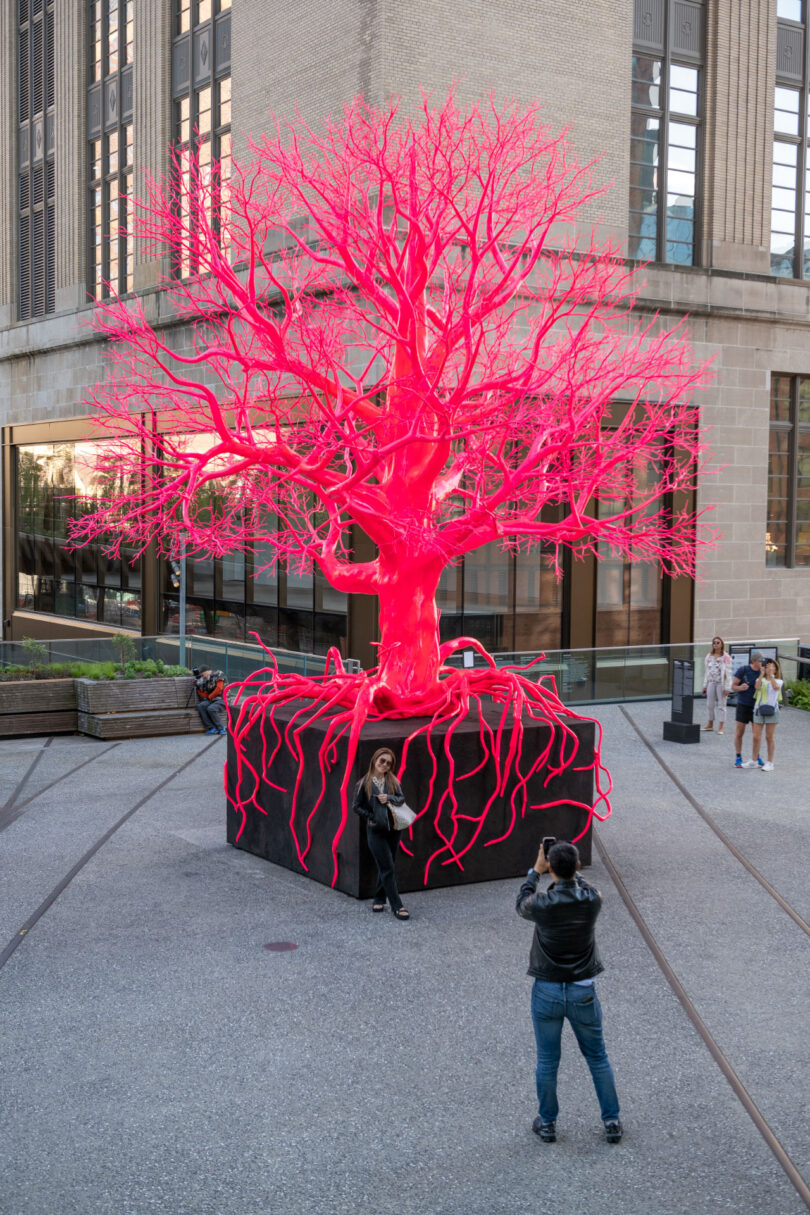
Pamela Rosenkranz, Old Tree, 2023. A High Line Plinth commission
Though its form resembles a tree from a distance, closer inspection reveals branches that have more in common with blood vessels in the human circulatory system. Even the “roots” grasp the pedestal like an animal more than a plant.
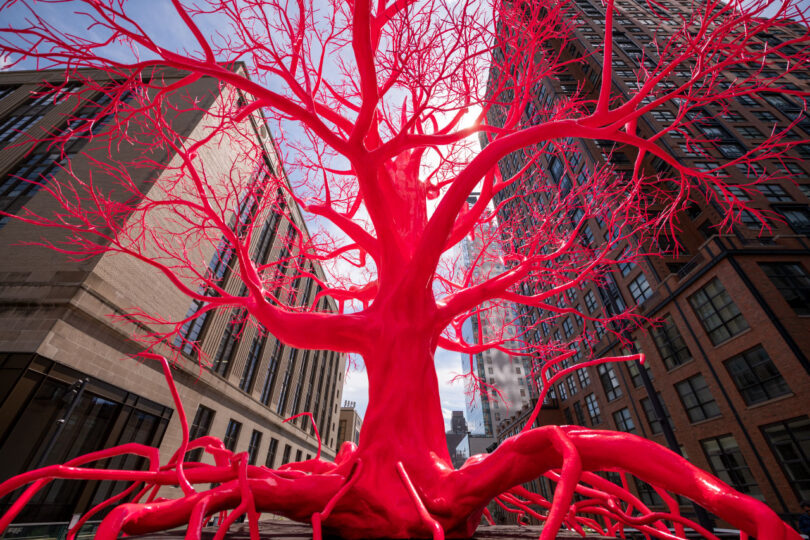
Pamela Rosenkranz, Old Tree, 2023. A High Line Plinth commission
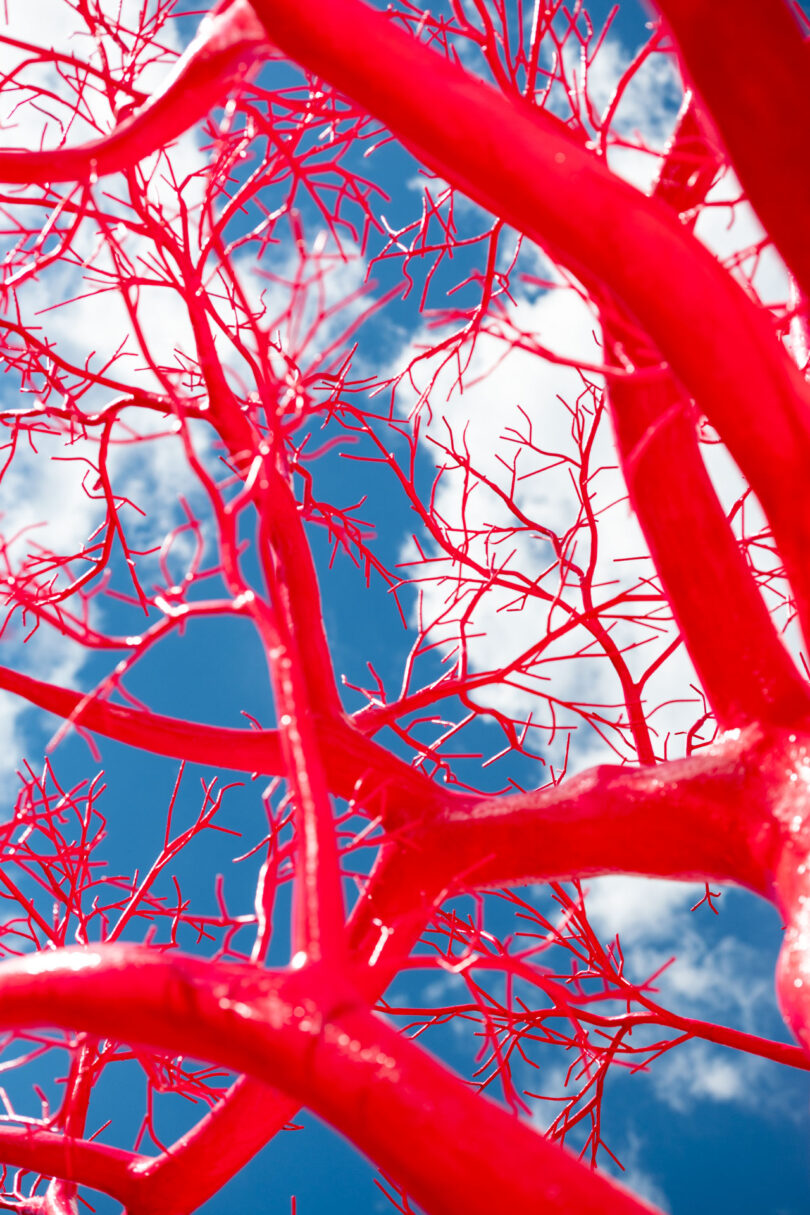
Pamela Rosenkranz, Old Tree, 2023. A High Line Plinth commission
This bizarre hybrid between human, plant, and object speaks to that same strange combination within the High Line itself – a crumbling elevated railroad track that has been transformed into a popular park, landscaped with native plants to Manhattan. It’s unnatural and natural, built and grown. Like Nicholas Galanin’s work, the enduring resonance of the work comes from its challenge to reconsider our own viewpoints, combined with the creation of a joyous social spot and exciting visual appeal.

Pamela Rosenkranz, Old Tree, 2023. A High Line Plinth commission
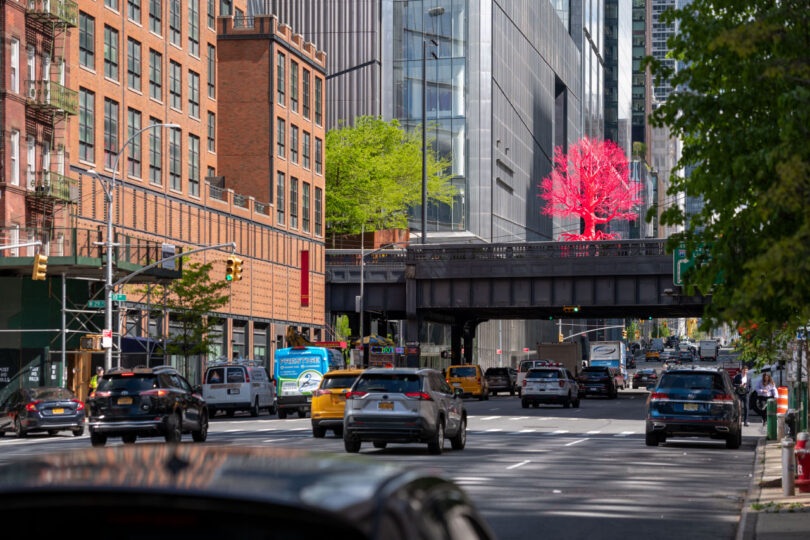
Pamela Rosenkranz, Old Tree, 2023. A High Line Plinth commission
The video below, produced by High Line Art, includes some great clips of the sculpture’s fabrication at NatureMaker.
[embed]https://www.youtube.com/watch?v=If7ntcbVjng[/embed]
What: Pamela Rosenkranz’s “Old Tree”
Where: The High Line – at 10th Avenue & 30th Street
When: May 2023 – Fall 2024
I’ve been a fan of both artists for years, and to see both of their work at this massive scale in a single weekend is a moment that cannot be missed. Both works are as beautiful as they are emotionally complex. They ignite conversation and re-consideration of the relationship of humans and nature that only lead to a greater appreciation of our environment – whether built or grown.
Best of all, both artworks are on view for several months and across multiple seasons. So when I revisit in the winter, will Nicholas Galanin’s In every language there is Land / En cada lengua hay una Tierra feel more brutal without the green of summer and laughter of nearby picnickers, or will the work feel even more open and transparent in the quiet? Will the bright pink of Pamela Rosenkranz’s Old Tree buzz EVEN louder against a fresh blanket of white snow?
The bottom line is – if you’re visiting New York, add these to your priority list. If you live in New York, see them this weekend and schedule a re-visit in winter. Though they’re both on view for a while, the time is too limited to delay, and too incredible to miss.
All images for Nicholas Galanin’s “In every language there is Land / En cada lengua hay una Tierra” are courtesy of the artist and Public Art Fund, NY. Photographed by Nicholas Knight or Asya Gorovits (noted in captions).
All images for Pamela Rosenkranz’s “Old Tree” 2023 were photographed by Timothy Scheneck. Courtesy of the High Line.
David Behringer visits over 200 galleries every month to uncover and share the most exciting contemporary art in New York today. Subscribe to his exclusive weekly newsletter at www.thetwopercent.com and learn about his private gallery tours. And be sure to check out his YouTube.
